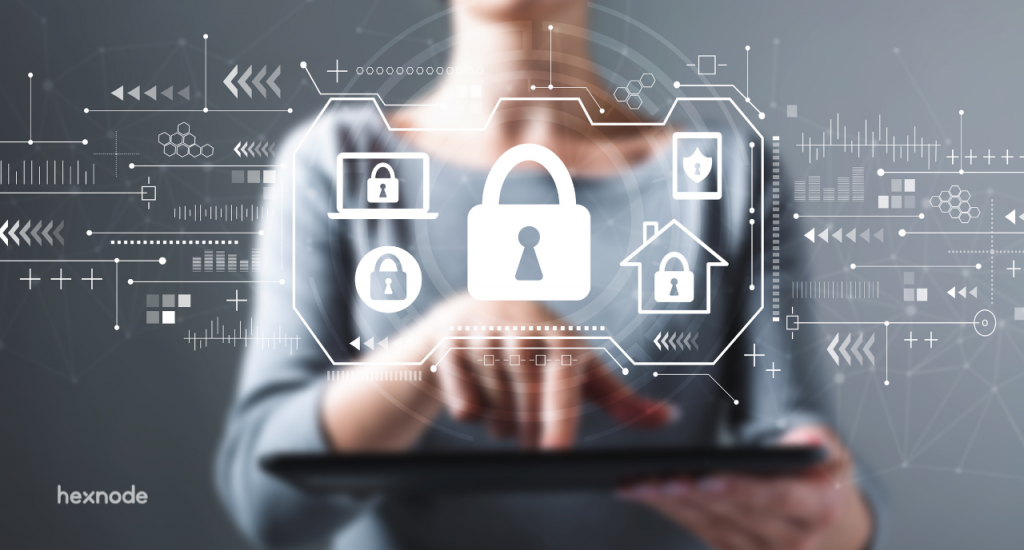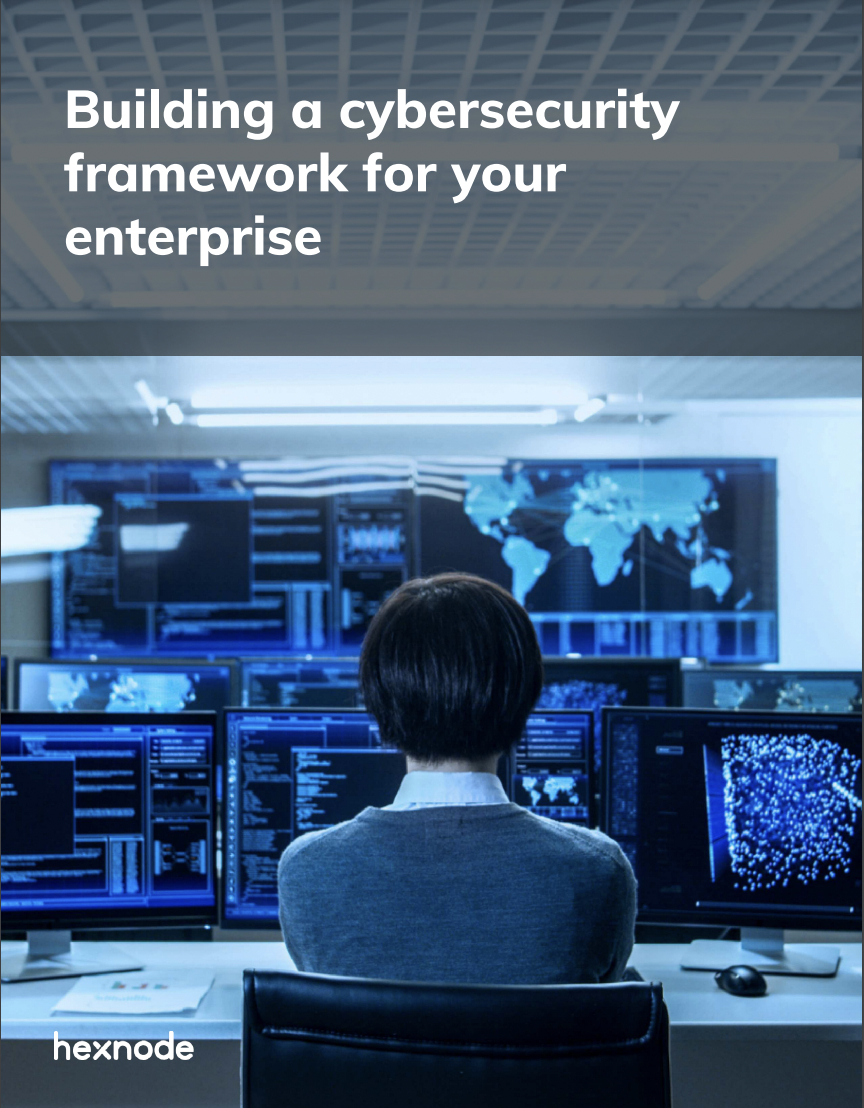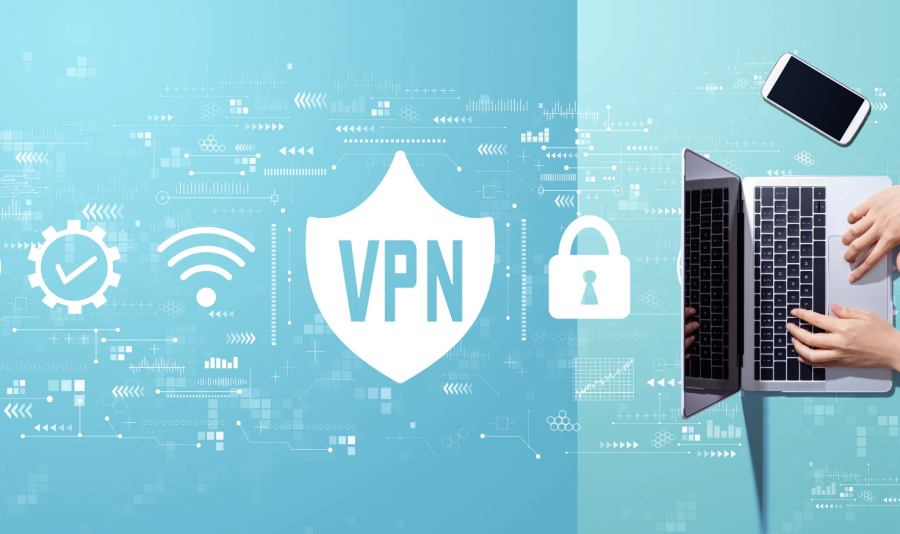Managing insider threat risks
Read to know how UEM help address the insider threat risks in detail

Get fresh insights, pro tips, and thought starters–only the best of posts for you.
Wayne Thompson
Sep 27, 2022
8 min read

Threat management (also known as cyber threat management) is a framework commonly used by cybersecurity experts to control the entire life cycle of a threat. It involves identifying and resolving threats as quickly and accurately as possible. Cyber threat management not only assists organizations in preventing data breaches but also asserts their ability to resolve them. These threat management systems mitigate all cyber risks, concentrating on persistent attacks that directly target companies to steal and destroy assets and data.
Cyber-attacks have increased at a staggering rate of 600% since the pandemic begun. Techniques and assault strategies are continuously evolving and improving. Cyber thieves utilize a variety of methods to gain access to a system or network server. The financial benefit is the primary motivator behind a ransomware attack among cybercriminals. The cost to the company outweighs the benefit to the attacker as their reputation gets damaged. As the ransomware threat has increased in recent years, fundamental cyber security requirements have become one of the most critical and necessary lines of defence for enterprises.
The cyber threat landscape has never been static. We have observed adjustments in the nature and intensity of cyberattacks in recent months. Anticipating how it will alter in the future is challenging since new risks are likely to emerge that we haven’t heard about. Emerging technologies are equally vulnerable to cyber-attacks. So, pursuing digital possibilities to improve our business strategies and boost operational efficiency becomes very difficult. You must then examine how you would react if a breach happened or have enough preventive measures in place.
Innovative malware assaults serve as a reminder that we must all work together to protect global cybersecurity. Lately, more governments and corporations have stepped forward after being affected. This exposure has made it evident to governments that cybercrime poses a security risk. Furthermore, given that governments all around the globe realize cybercrime as a danger to national security and public safety, tackling it has become a top priority.
Malware is malicious software code put into a system to jeopardize data confidentiality, integrity, or availability. Malware has evolved to be a major external threat to systems, capable of causing extensive harm and disruption, necessitating massive efforts on the part of most businesses.
Once activated, malware can:
Spam consists of unsolicited, unwanted texts and emails. Phishing is a type of social engineering that involves acquiring private information. The phishing attempts seem very convincing as it looks to come from a reliable person or company. Such attacks employ forged communication, like an email, to deceive the recipient into accessing it and following the inside instructions, such as entering their credit card number. Phishing attacks and spam can also inject malware into systems and networks.
Social engineering is a password attack tactic cybercriminals apply. It depends primarily on human contact and typically involves deceiving individuals into violating established security procedures. Other forms of password hacks include guessing or accessing a database. Password assaults in cybersecurity necessitate the use of specialized tools and software.
Brute-force attack is a major form of password attack where the attacker submits many username and password combinations till they guess correctly. If outright guessing using names and significant dates doesn’t work, the specialized software can scan a list of terms often used as passwords. It is surprising that over 75% of internet users create passwords using only the first 500 words.
You need to have an efficient threat management strategy in place to deal with a breach quickly. The cyber security framework improves collaboration across people, processes, and technology, assisting organizations in detecting and responding to events.
By applying cyber risk management, threats to the enterprise may be detected. With the support of a risk assessment strategy, risks may be effectively addressed and appropriate defences can be put in place. This will aid in the reduction of the threats posed by cyber-attacks.
Any organization has the risk of being attacked as most cyber-criminals are motivated by the financial gain. A cyber risk plan can help to reduce risks and manage revenue loss for the firm. Complying with cyber risk standards will assist the firm to avoid substantial fines for failure.
Client and consumer trust may be strengthened by demonstrating cybersecurity seriously and can provide businesses with a competitive advantage. Prioritizing consumer or client data will aid in gaining their confidence. This will lead to greater consumer loyalty and long-term commercial success.
Unified endpoint management encompasses more than simply endpoint management. It provides a single console for installing, administering, and assisting in the security of enterprise endpoints and applications. Furthermore, it provides provisioning, deployment, troubleshooting, and updating capabilities. UEM software provides the IT and security departments access to the assets and end-users via a single management dashboard.
UEMs can help with malware detection and removal on compromised devices. Admins can monitor and control almost all of your mobile devices, applications, and content with unified endpoint management (UEM) solutions. It can also maintain security across all platforms by using AI-powered security analytics.
A cybersecurity framework consists of the best practices organizations can implement to manage all risks found within the scope of their business activities. Read this guide to get more insights on building the right cybersecurity framework for your organization.

Featured Resource
Building a cybersecurity framework for your enterprise
Hexnode UEM allows a company to use a single solution to monitor all of its endpoints. Hexnode assists enterprises in quickly implementing cybersecurity framework standards that are compliant with different regulatory compliances. It makes maintaining data security and endpoint protection easier. It has various features and device management policies that help to maintain security standards. They are:

Apart from these benefits, Hexnode UEM also allows IT admins to restrict the use of specific applications on the devices. It can also set the websites that employees should not access and filter websites based on the content. Its remote wipe feature helps to protect sensitive data in case the device is hacked. There are many other features too that help with cyber threat management.
Cyber mishaps, which are becoming more common, can cause financial and reputational harm. While defenders increasingly rely on ML and AI to detect attacks, there is evidence that attackers are also turning to AI. Many firms, however, fail to safeguard themselves from the catastrophic consequences. According to studies, 60% of the data breaches are caused by insider threats. Insider threats are difficult to detect and nearly 35% of the businesses are affected each year. The majority of cases go unreported for months or years.
You must then examine how you would react if a breach happened. Using a UEM solution can help address these issues much easily. One of the most significant benefits of using a UEM system is its single console, which provides comprehensive device visibility. This is significant because it gives administrators a comprehensive picture of all the devices handled inside the business, as well as installed apps and their compliance.
Use Hexnode UEM to ensure maximum protection for your managed devices from cyber threats
Start your free trial now